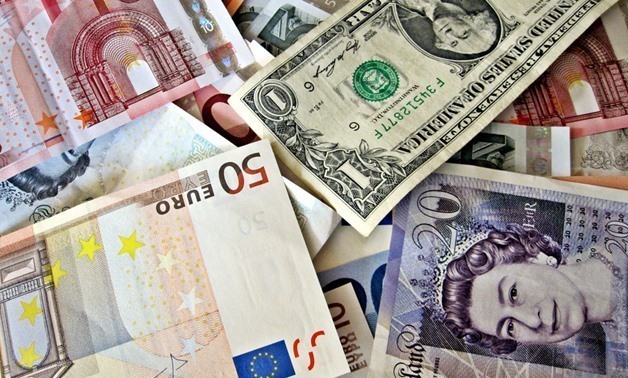
Foreign Currencies – Courtesy of Flickr
LONDON - 23 August 2018: The dollar snapped a five-day losing streak and the euro fell on Thursday, with the greenback boosted by political uncertainty, a new round of trade tariffs and the Federal Reserve’s latest policy meeting minutes that signalled a September rate rise.
While the minutes were largely as expected and initially taken as dovish by the market, analysts said dollar bulls had been looking for an excuse to pile back into the greenback after it had lost more than 2 percent from 14-month highs during its longest losing streak of the year.
The United States and China escalated their months-long trade war, implementing punitive 25 percent tariffs on $16 billion worth of each other’s goods, rattling investors who have usually sought safety in the dollar.
The greenback also found support after the Fed’s minutes showed officials discussed raising rates soon.
“I think the market has been waiting for the moment to get back in (to the dollar),” said Neil Mellor, a strategist at BNY Mellon.
The dollar index gained 0.2 percent to 95.334, moving off a near-three-week low of 94.934 reached overnight.
The euro was down about 0.3 percent at $1.1569, easing from a two-week high of $1.1623. Traders are preparing for purchasing managers’ surveys at 0800 GMT to gauge the health of the euro zone economy in August.
“I’m still not fully convinced we have a sustained dollar rally here, especially after Mr Trump’s comments,” Mellor said, referring to President Donald Trump’s criticism of the Fed’s rate hikes in an interview this week with Reuters.
The Australian dollar dropped 0.8 percent to $0.7294 as Prime Minister Malcolm Turnbull’s position looked in trouble after his senior ministers called for a second leadership vote.
The Australian dollar typically ignores Australian politics, analysts said.
“Since the Liberal leadership spill on Tuesday, the Australian dollar is easily the weakest G10 currency - despite strong Q2 construction data on Wednesday - which suggests that this is a rare instance of the Aussie carrying a small political risk premium,” said Sydney-based Sean Callow, senior currency strategist at Westpac.
The yen fell 0.3 percent to 110.85 versus the dollar on safe-haven demand for the dollar.
The Fed’s minutes showed that officials had examined how global trade disputes could affect businesses and households, suggesting that the market’s perceived path for monetary tightening could have to change if the trade conflict upsets the U.S. economy.
Dealers said domestic political pressure on Trump - exacerbated this week with news that two of his former advisers face prison sentences - would weigh on the dollar.
The offshore yuan slid 0.3 percent to 6.8695 yuan per dollar after the latest round of tariffs took effect.
The Swiss franc gained 0.2 percent to 1.1380 francs per euro, ending its recent run of losses. The franc hit a near 13-month high of 1.1244 earlier in August.
Comments
Leave a Comment